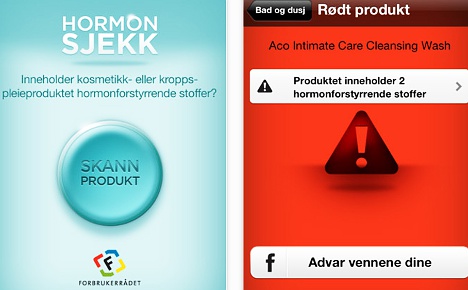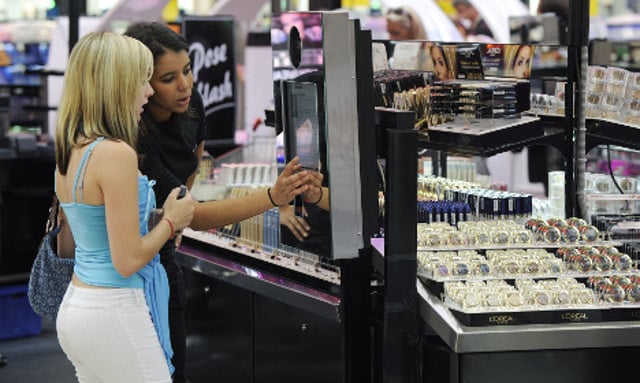The agency has studied 3,000 products and hopes to have a ban enforced in the four of ten said to contain the harmful chemical. While Norway’s cosmetics importers’ advocacy is in uproar, the consumer group has already launched a free iPhone application, available at Apple’s App Store, to assist concerned shoppers.
Consumers worried they or their families might suffer the ill effects of hormone-hampering parabens can simply scan a product's bar code with their iPhone while shopping. The rights group has also launched a hormone-check web site, hormonsjekk.no.
“We want the industry to halt production of products containing these chemicals,” Audun Skeidsvoll, consumer policy director at the Forbrukerrådet, told NRK.
Norwegian cosmetics importers are irate. They point to a recent European Union chemicals directive which accepted a range of chemicals made inside the trade bloc.
“Forbrukerrådet has found 13 chemicals in the products they checked,” said Ingrid Standal of the Norwegian Cosmetics Association.
“Apart from one, all of these have been checked by the EU’s science committee for cosmetics and found safe for use the way they’re regulated now,” said Standal.
Researchers in Tromsø found to their shock that four types of the preservative paraben in the blood of 300 women who used certain beauty creams.
Meanwhile, neighbouring Denmark has already banned children’s products containing parabens and the cosmetics industry is reportedly acting on pressure to remove the substances affecting human hormones.
After waiting in vain for proof from industry that parabens were not harmful, Denmark's consumer watchdogs went ahead and banned four types used in children’s products after tests showed they might pose a threat to reproduction later in life.
The EU is considering making Denmark’s ban an example for the rest of the economic union.




 Please whitelist us to continue reading.
Please whitelist us to continue reading.
Member comments